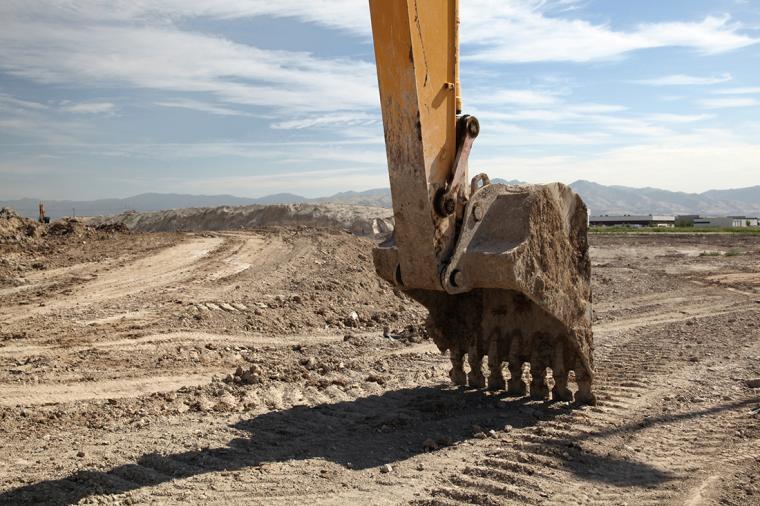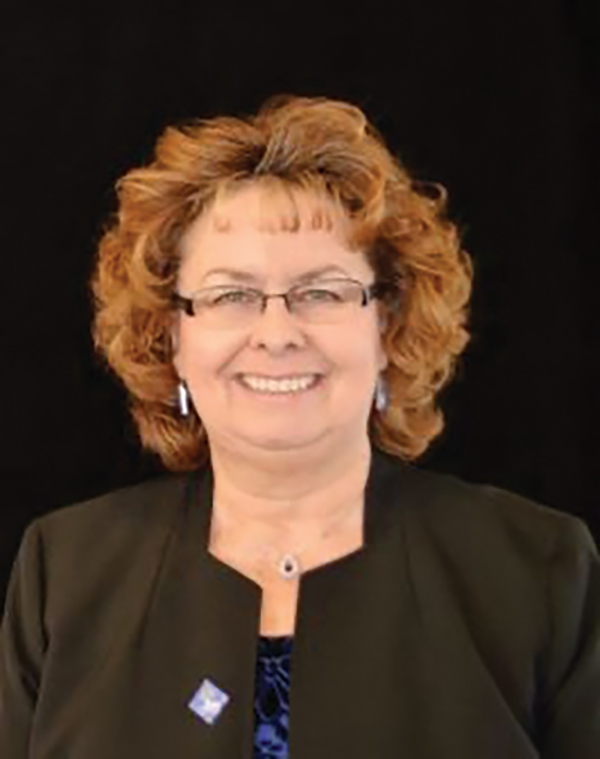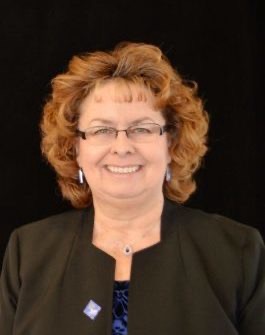
As companies have experienced significant investment returns by locating industrial and commercial facilities in tertiary markets, sites selectors and industrial brokers have become more interested in identifying high potential development sites in these areas.

Tertiary markets tend to be “micropolitan” areas with a smaller but concentrated population density compared to primary or secondary markets. These markets offer many positive business and quality-of-life attributes when compared to larger metropolitan markets, and can yield significant, long-term returns for company investments.
Tertiary markets are desirable because of high productivity, stable skilled workforces, low costs of living, ease in operations, high quality of life, excellent school systems and overall safe communities. This is especially true for locations in the middle of the United States due to a combination of climate factors and economic drivers.
According to Steve Zuber, principal and industrial broker at the BarberMurphy Group, “Many of my clients are requesting shovel-ready sites in tertiary markets with good, centralized transportation connectivity because of the ease of doing business, ready-to-work employees with STEM skills, cost-effectiveness and a high quality of life for their employees and management. From my experience, a couple of key takeaways about tertiary markets are municipal processes that are generally less burdensome with quicker turnaround, building prices to lease or buy being 25 percent less than bigger markets — at a minimum — and wages generally running lower with higher productivity.”
One example of a tertiary market is Coles County, Illinois. Coles County provides a blend of rural agri-business communities with two micropolitan cities, Charleston and Mattoon. The region has an overall population of just under 50,000 with over 821,627 within a 60-mile radius. Many rural communities do not have much economic activity to build from: however, Coles County has attractive economic power zones that drive revenue, traffic and activities: it is home to multiple domestic and international manufacturing and industrial firms with thousands of employees, including Kingspan Insulated Panels, Mars Petcare, Mattoon Precision Machine, North American Lighting, Justrite, Grupo Bimbo and others.
“We selected this central location for our new production facility due to the ease in starting our operations, hiring a productive workforce and transportation connectivity to anywhere in North America,” said Alswinn Kieboom, President of Kingspan Insulated Panels North America.
Another significant operation is Rural King Headquarters, a farm-based retailer with supply-chain logistics distribution centers and more than 140 stores (with 10 store additions in 2025). Rural King is one of the fastest-growing retailers in the U.S. and its central location provides logistical advantages for continuous stocking of its store locations.
There is more to these markets than just location and low costs. Like many tertiary markets, Coles County recognizes the importance of energy generation for companies that locate in them. Green energy resources, including solar installations and windmill farms, help attract companies with sustainability goals, particularly in industrial and commercial developments, as well as stringent business continuity plans. In short, attractive economic drivers exist outside the nation’s metropolitan and secondary site selection areas, and industrial projects would be well served to seek them out. T&ID

